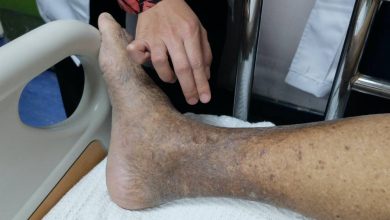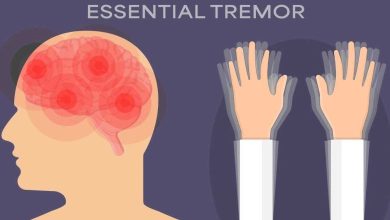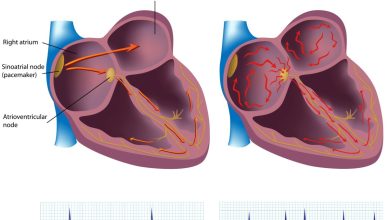Neuroblastoma Causes, Symptoms, Diagnosis and Treatment

What is Neuroblastoma?
Neuroblastoma is a cancer that develops from immature nerve cells found in several areas of the body. Neuroblastoma most commonly arises in and around the adrenal glands, which have similar origins to nerve cells and sit atop the kidneys. However, neuroblastoma can also develop in other areas of the abdomen and in the chest, neck and near the spine, where groups of nerve cells exist. Neuroblastoma most commonly affects children age 5 or younger, though it may rarely occur in older children.
Causes of Neuroblastoma
Neuroblastoma is sometimes caused by a gene mutation (change) passed from the parent to the child. Gene mutations that increase the risk of neuroblastoma is sometimes inherited (passed from the parent to the child). In children with a gene mutation, neuroblastoma usually occurs at a younger age and more than one tumor may form in the adrenal glands.
Symptoms of Neuroblastoma
The most common symptoms are
- A lump in the abdomen, neck or chest
- Bulging eyes
- Dark circles around the eyes
- Bone pain
- Swollen stomach and trouble breathing in babies
- Painless, bluish lumps under the skin in babies
- Inability to move a body part
Diagnosis of Neuroblastoma
A variety of tests and investigations may be needed to diagnose neuroblastoma. These include:
- A biopsy
- Blood and bone marrow tests
- X-rays
- CT or MRI scans
- MIBG scan.
The tests are done to find out if your child definitely has neuroblastoma and what the exact position of the original tumor site is within the body. The tests will also find out whether the neuroblastoma has spread. This process is known as staging.
VMA and HVA tests
A specific type of urine test will also be done. Nearly all children with neuroblastoma (9 out of 10) will have the substances vanillylmandelic acid (VMA) or homovanillic acid (HVA) in their urine. Measuring the VMA and HVA in the urine can help to confirm the diagnosis. Your child will also have their VMA and HVA levels checked during and after treatment. The levels of these substances will fall if the treatment is working. As these chemicals are produced by the tumor cells, and can be used to measure tumor activity, they are sometimes known as tumor markers.
MIBG scans
Most children will have an MIBG (metaiodobenzyl guanidine) scan. MIBG is a substance that’s taken up by neuroblastoma cells. It’s given by injection. Attaching a small amount of radioactive iodine to the MIBG enables the tumors to be seen by a radiation scanner. MIBG can also be used as a treatment.
Biopsy
A small sample of cells is usually taken from the tumor during an operation under a general anesthetic. This is known as a biopsy. These cells are then examined under a microscope.
Other tests, collectively referred to as tumor biology, are also carried out on these
cells in the laboratory. These tests look at the chromosomes and ‘biological markers’ in the tumor cells. One of these ‘markers’ is called MYCN. The presence of a certain amount of MYCN in the cells (known as MYCN amplification) can suggest that the neuroblastoma may be a more aggressive type. In this situation, the treatment needs to be more intensive.
Treatment of Neuroblastoma
Treatments include
- Surgery
- Radiation therapy
- Chemotherapy
- Biologic therapy, or a combination.
By : Natural Health News




